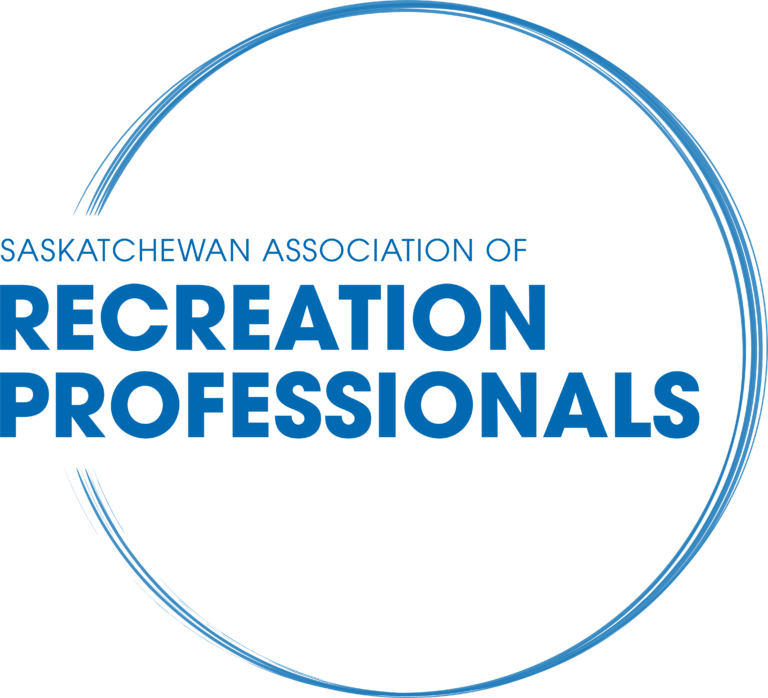by Anne Robins
In recent years, there has been a growing recognition of the importance of culturally responsive care in health care services. One area where this shift is particularly impactful is in therapeutic recreation (TR) – utilizes recreation and other activity-based interventions to address the assessed needs of individuals with illnesses and/or disabling conditions, to psychological and physical health, recovery and well-being. The purpose of the RT process is to improve or maintain physical, cognitive, social, emotional and spiritual well-being to facilitate full participation in life (NCTRC, 2025).
As we move toward more inclusive and equitable practices, indigenizing therapeutic recreation programs has emerged as a vital step in honoring Indigenous knowledge systems, healing practices, and community values.
What Is Indigenization?
Indigenization refers to the process of integrating Indigenous worldviews, traditions, and practices into mainstream systems and institutions. In the context of therapeutic recreation, this means designing and delivering programs that are not only culturally safe but also rooted in the values, stories, and healing practices of Indigenous communities. (Gaudry, A., & Lorenz, D. 2018).
Why Indigenize Therapeutic Recreation?
For many Indigenous peoples, colonization has disrupted traditional ways of life, including access to land, language, and cultural practices. These disruptions have contributed to intergenerational trauma and health disparities. Therapeutic recreation, when indigenized, can serve as a powerful tool for:
- Cultural revitalization: Reconnecting individuals with traditional games, storytelling, drumming, and land-based activities.
- Community healing: Creating spaces for collective healing through shared cultural experiences.
- Empowerment: Supporting self-determination by involving Indigenous voices in program design and leadership.
- Holistic wellness: Embracing a view of health that includes spiritual, emotional, mental, and physical well-being.
Key Principles of Indigenized TR Programs
- Community-Led Design
Programs should be co-created with Indigenous communities, Elders, and Knowledge Keepers. Their guidance ensures that activities are culturally relevant and respectful. - Land-Based Healing
Nature is central to many Indigenous cultures. Activities like canoeing, medicine walks, and seasonal ceremonies foster a deep connection to the land and its healing power. - Cultural Safety and Humility
Practitioners must engage in ongoing learning about Indigenous histories and cultures, and approach their work with humility and respect. - Language and Storytelling
Incorporating Indigenous languages and oral traditions into programming helps preserve cultural identity and fosters intergenerational learning. - Ceremony and Spirituality
When appropriate and guided by community protocols, ceremonies such as smudging or sweat lodges can be integrated into therapeutic practices. (Menzies, A, Bowles, Khan, McGregor, Ford, & Popp. 2021).
Examples of Indigenized TR in Action
- Cultural Camps: Week-long retreats where participants engage in traditional crafts, hunting, and storytelling.
- Elder-Led Workshops: Sessions on drum-making, beading, or traditional cooking, led by respected community members.
- Land-Based Therapy: Programs that use nature walks, fishing, or gardening as therapeutic tools, grounded in Indigenous ecological knowledge.
Challenges and Considerations
Indigenizing TR is not without its challenges. It requires:
- Time and relationship-building: Trust must be earned through consistent, respectful engagement.
- Institutional support: Organizations must commit to systemic change, not just surface-level inclusion.
- Avoiding tokenism: Programs must go beyond symbolic gestures to truly reflect Indigenous values and leadership.
Moving Forward
Indigenization is not a one-time initiative—it’s a continuous journey of learning, listening, and evolving. By embracing Indigenous ways of knowing and being, therapeutic recreation can become a more inclusive, effective, and healing practice for all.
References
Gaudry, A., & Lorenz, D. (2018). Indigenization as inclusion, reconciliation, and decolonization: navigating the different visions for indigenizing the Canadian Academy. AlterNative: An International Journal of Indigenous Peoples, 14(3), 218-227. https://doi.org/10.1177/1177180118785382 (Original work published 2018)
Menzies, A.K., Bowles, E., Khan, J.S., McGregor, D., Ford, A.T., & Popp, J.N. (2021). Caring For The Land: Indigenous Practices, Community Values, Changes Over Time, and Building Values-Based Environmental Initiatives. A Report from the “Weaving Indigenous knowledge systems and Western science towards conservation and management of wildlife and the environment” Project. University of Guelph, University of British Columbia Okanagan, York University. November 2021.
